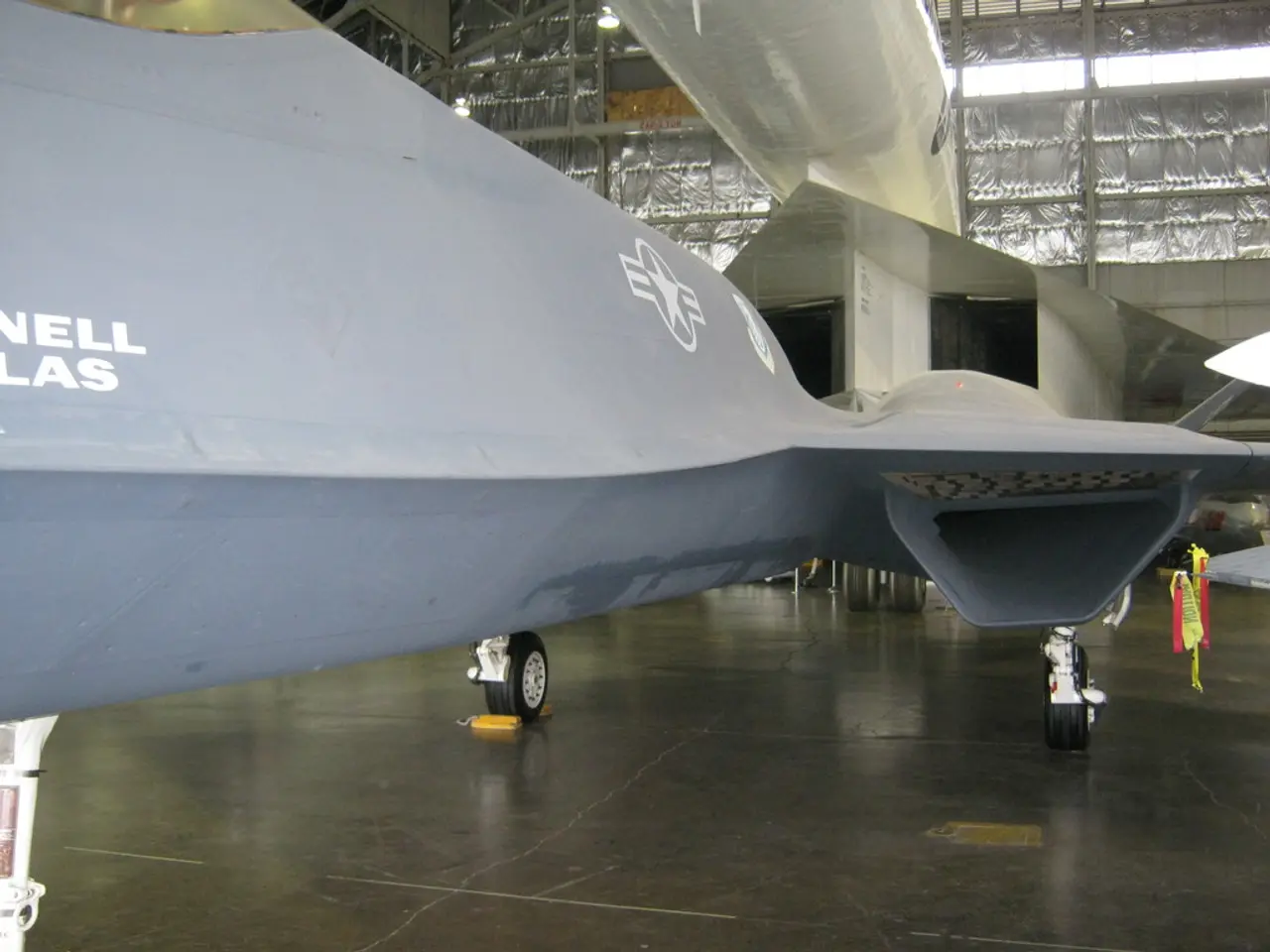Architect Willy Messerschmitt, Known for Exceptional Aviation Innovations
Willy Messerschmitt, born on June 26, 1898, in Frankfurt am Main, Germany, had a remarkable impact on the aviation industry, particularly during World War II.
Messerschmitt's career began with sailplanes but later shifted to small powered aircraft. He graduated from Munich Technical College in 1923, marking the start of his career. At the age of 13, Messerschmitt met glider plane pioneer Friedrich Harth, which had a significant impact on his life.
In 1939, Messerschmitt's design, the Messerschmitt Bf 109, won a contest coordinated by the Reich Aviation Ministry. The Bf 109 quickly became one of the main aircraft models for Luftwaffe, the aerial-warfare branch of the German armed forces.
During World War I, Messerschmitt worked on Harth's designs while the war was ongoing, and was later drafted into the military but discharged due to health reasons. Messerschmitt's company faced bankruptcy in 1931, but he managed to stay in business during the Nazi era and WW2 through business agreements with Rudolf Hess and Hermann Goering.
The production of aircraft resumed under Messerschmitt's leadership after the ban was lifted in 1955. The Bf 109 was one of the backbone fighters of the Luftwaffe throughout the war and remained in continuous production from before the war’s start until 1945. It was known for its advanced design features at the time, including an all-metal monocoque construction, a closed canopy, and retractable landing gear, which set a benchmark for future fighters.
The Bf 109 was flown by many of Germany’s top fighter aces and formed the basis of Luftwaffe fighter tactics during multiple campaigns, including the Battle of Britain and the defense against Allied bombing raids. Although the Focke-Wulf Fw 190 eventually supplemented and in some respects surpassed the Bf 109 in firepower and maneuverability at certain altitudes, the Bf 109 remained a mainstay due to its versatility and widespread deployment. The aircraft’s many variants allowed it to adapt to different combat roles including interceptor, fighter-bomber, and reconnaissance.
Messerschmitt’s design philosophy influenced fighter development worldwide by demonstrating the value of combining speed, firepower, and aerodynamic efficiency in a single-engine fighter aircraft. The Bf 109’s widespread use and combat success established it as a design archetype reflected in both Axis and Allied aircraft development, affecting tactical approaches to air combat engineering during and beyond the war.
Eight years after his retirement in 1970, Messerschmitt died in Munich on September 15, 1978, at the age of 80. During his career, Messerschmitt continued to work in the aircraft industry until his retirement, and his company faced bankruptcy before the war but managed to survive and thrive under his leadership. Despite facing imprisonment after World War II for his collaboration with the Nazi regime, Messerschmitt's contributions to aviation remain significant to this day.
[1] "Messerschmitt Bf 109." Encyclopaedia Britannica, https://www.britannica.com/vehicle/Messerschmitt-Bf-109. [2] "Messerschmitt Bf 109." HistoryNet, https://www.historynet.com/messerschmitt-bf-109.htm.
Aviation pioneer Willy Messerschmitt's life and work significantly influenced aviation history, particularly the development of aircraft design during and after World War II. As a key figure in the aviation industry and the aerospace sector, Messerschmitt's contributions showcased the intersection of finance, technology, and aircraft design, shaping the trajectory of the industry. His iconic creation, the Messerschmitt Bf 109, became a design archetype that set benchmarks for future fighters and left an indelible mark on aerospace technology.








